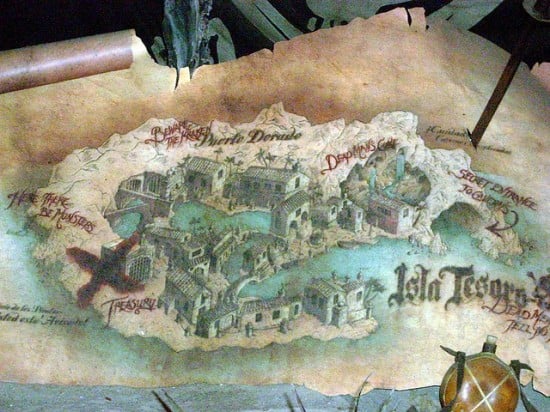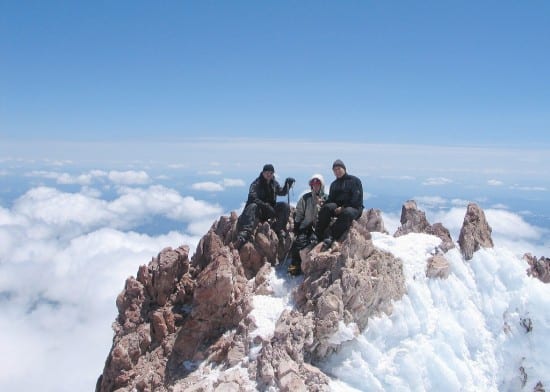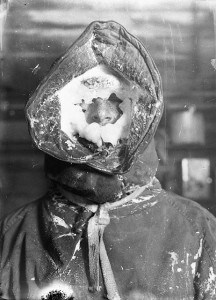How To Create Leadership Objectives
Have you ever followed a leader who had no clear vision? The plans they laid had no objectives and you couldn’t tell if you hit them or not? This is one of the consequences of not creating clear leadership objectives.

Image via Creative Commons
Whether in a positional leadership role, a family leadership role, or personal leadership role, creating leadership objectives is crucial to your success. Why? It defines what needs to be accomplished. This allows you to see whether or not you’re making progress.
When we begin to lay out a foundation for our leadership objectives, a map begins to form. We’re able to see the next step we need to take to advance forward. We’re also able to choose which leadership objective we’ll attempt next.
Think of leadership objectives as the big X on a treasure map. They’re where we want to go!


